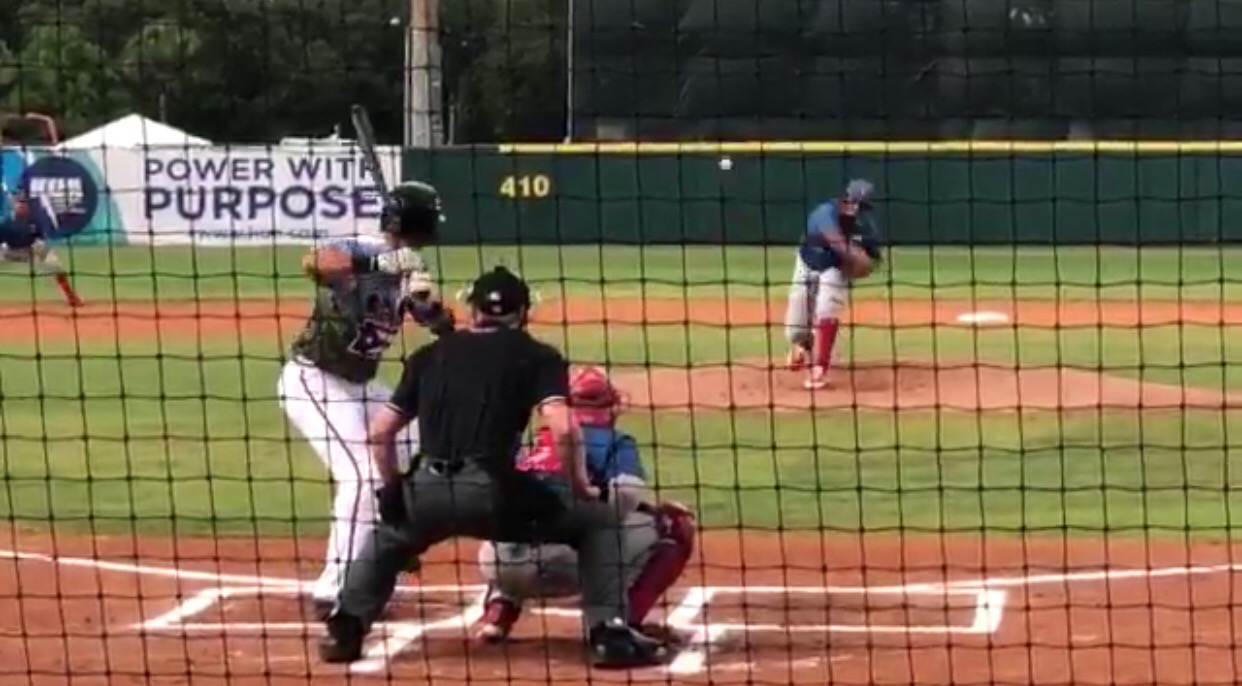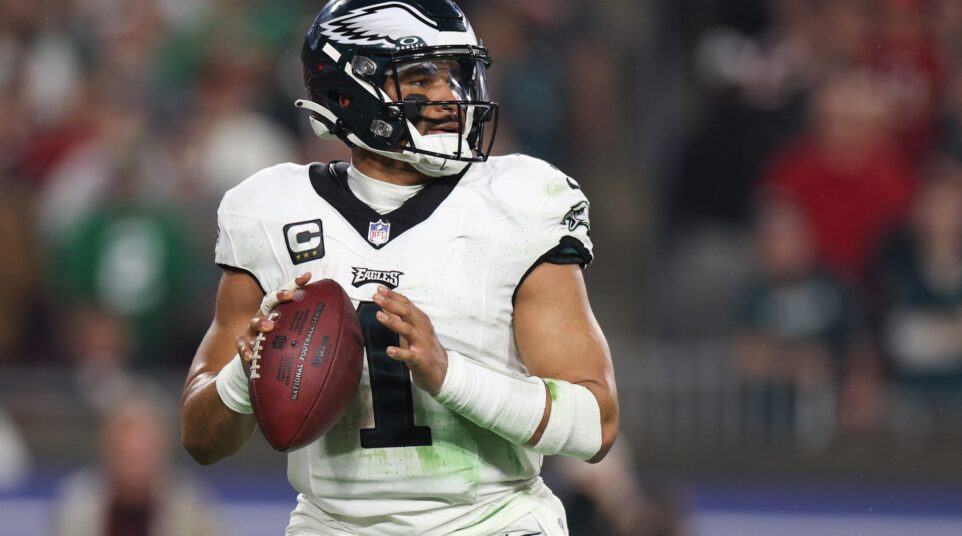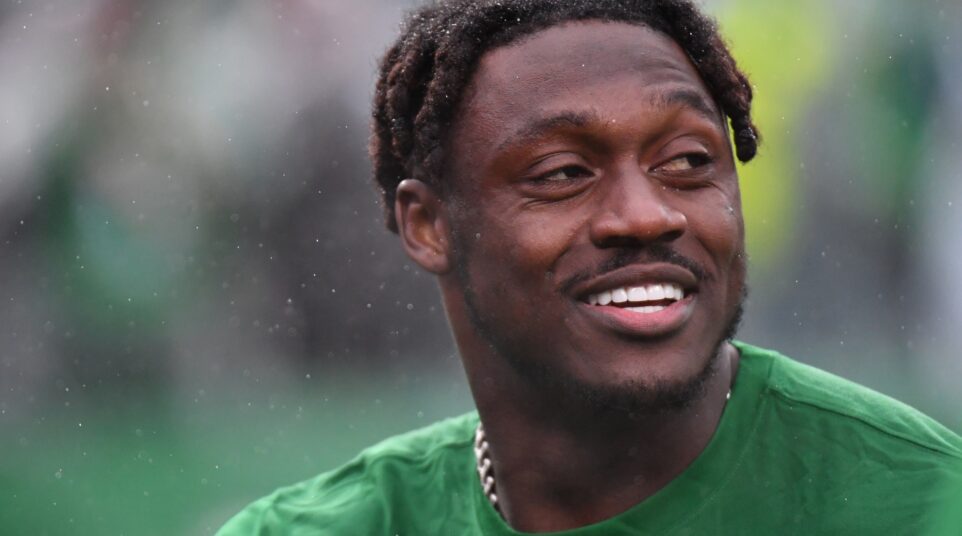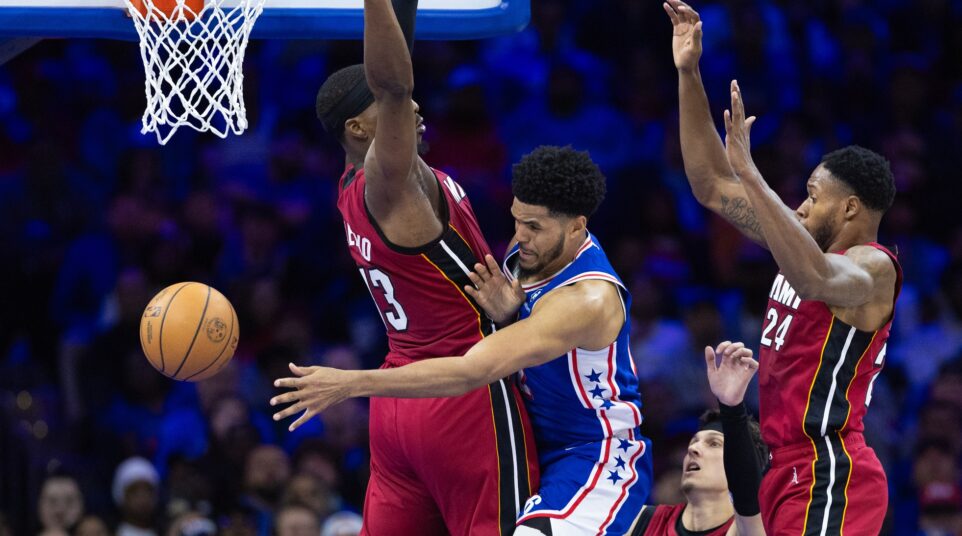
Despite Injuries, I'm Still All In on Sixto Sanchez
News came over the weekend that Phillies top pitching prospect Sixto Sanchez developed right collarbone soreness while working his way back from a season-ending elbow injury and will not pitch in the Arizona Fall League. It’s an unfortunate setback for Sanchez, who only logged 46.2 IP this season, and any concerns over the 20-year-old’s long-term ability to remain healthy are entirely understandable.
According to NBC Sports Philadelphia’s Jim Salisbury, the Phillies, for what it is worth, are reportedly unfazed over this latest hiccup:
Team medical officials are not alarmed by the issue and they are confident that Sanchez will be fully healthy and ready to go for spring training. However, the setback cut into Sanchez’s preparation time in Florida so the team has decided to err on the side of caution and hold him out of the AFL.
Obviously, this is a disappointing development and it is certainly less than ideal any time a prospect misses a prolonged stretch of development. But is this latest hitch in the plan much ado about nothing, or is it a legitimate red flag that should have the Phillies scrambling to cash out on Sanchez’s ceiling to find a meaningful return this winter?
Let’s begin by establishing what Sanchez could become. Yes, he’s unanimously projected as the Phillies’ top prospect and is listed by MLB Pipeline as baseball’s No. 21 overall prospect, but what exactly does that mean? It wasn’t so long ago that J.P. Crawford was the team’s best prospect, and he heads into this offseason with his place in the team’s plans very much in a state of flux. I found these comments by Baseball America’s Josh Norris from a recent prospect chat to be telling:
I honestly believe (and this is just me talking) that if he had been healthy and the Phillies hadn’t cratered down the stretch, Sixto would have been in Philly this year, at the very least in a bullpen role. There were at least two scouts who I spoke with who said he was the best pitcher they saw all year, at any level. He’s that good.
Best pitcher they saw all year. At any level. He’s that good.
Of course, Sanchez was hurt, and the Phillies did crater, but that’s the type of ability we are talking about here. I forgive anybody that’s wary over anonymous scout projections after this past spring’s infamous Scott Kingery/Dustin Pedroia comparison, but these evaluations should not simply be dismissed as hyperbole.
His repeatable, low-stress delivery yields a four-seamer that consistently lives in the upper 90s (and can top out over 100 mph), along with a sinking two-seamer. We hear all the time about guys who are pitchers, not just throwers, and Sanchez fits into the former category. An arm that produces plus pitches paired with an advanced understanding of how to attack opposing hitters justifies the hype. Look at this:
Phillies righty Sixto Sanchez 96-98 in the first inning, 97 on this pitch. Threw a plus curve and plus changeup, then K looking to end the inning at 100, confirmed by 3 guns. 11 pitch inning is that good pic.twitter.com/zdso1ylsi2
— Kiley McDaniel (@kileymcd) May 18, 2018
And also this:
Here is some straight #nasty 🔥 from Sixto Sanchez last night. pic.twitter.com/ipKf24qbzI
— Peace, love, and dirty feet (@mufuhkajones) May 6, 2018
He’s not infallible, but this isn’t just a guy out there who’s letting it rip. He has devastating stuff that gives him the potential to headline a playoff rotation.
Short of netting a young position player with well-above average potential who is also under team-control, which is unlikely, it’s hard to imagine the Phillies panicking to move such a talent as Sanchez over a few minor to mid-level injury concerns, particularly at his slightly diminished current value.
Albeit to a lesser degree, the Phillies’ future payroll numbers should also factor into weighing how to proceed with Sanchez. NBC Sports Philadelphia’s Corey Seidman recently did a thorough breakdown of the team’s salary commitments heading into 2019, and that number likely sits somewhere between $88 to $102 million, depending on what they opt to do with Maikel Franco and Cesar Hernandez, who are in their second and third arbitration years, respectively.
Assuming the Phillies get aggressive in free agency and on the trade market, there’s a good possibility that the total payroll could trend well north of $150 million next season and beyond. Say they add a piece like Manny Machado or Bryce Harper, along with an established starting pitcher, Sanchez’s value swells at that point because every good team need above average to elite level production from at least a few of its inexpensive young players.
The reality is that every prospect possesses the inherent risk of flaming out or failing to reach his potential. As for Sanchez, specifically, his derailed 2018 season, despite the Phillies’ reassurances, is mildly concerning. Still, I remain bullish on his future and I imagine they do as well. If the Phillies don’t crater in 2019 and he remains healthy, I don’t think it’s outside the realm of possibility that we see him in Philadelphia late next season.





